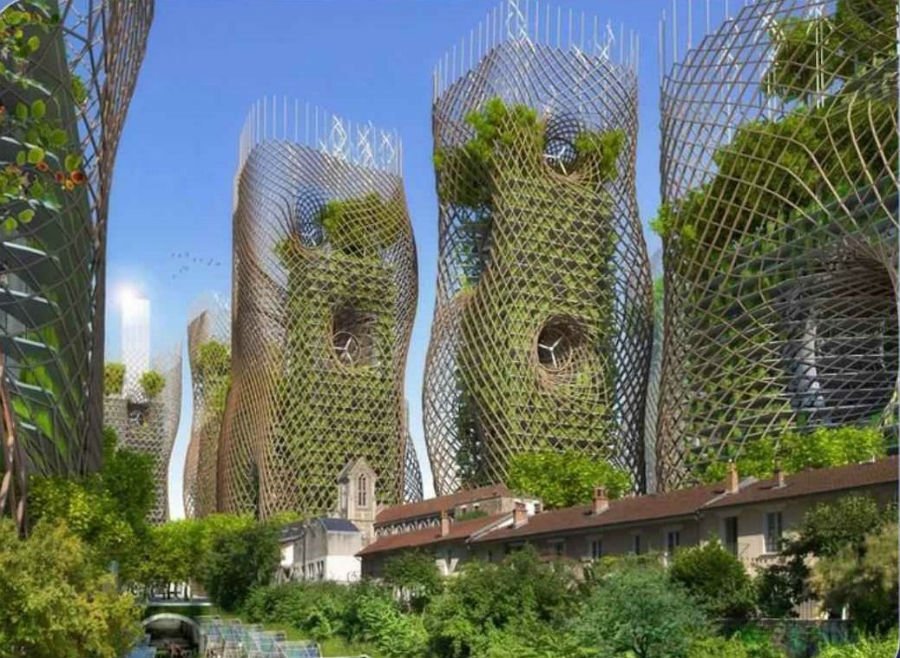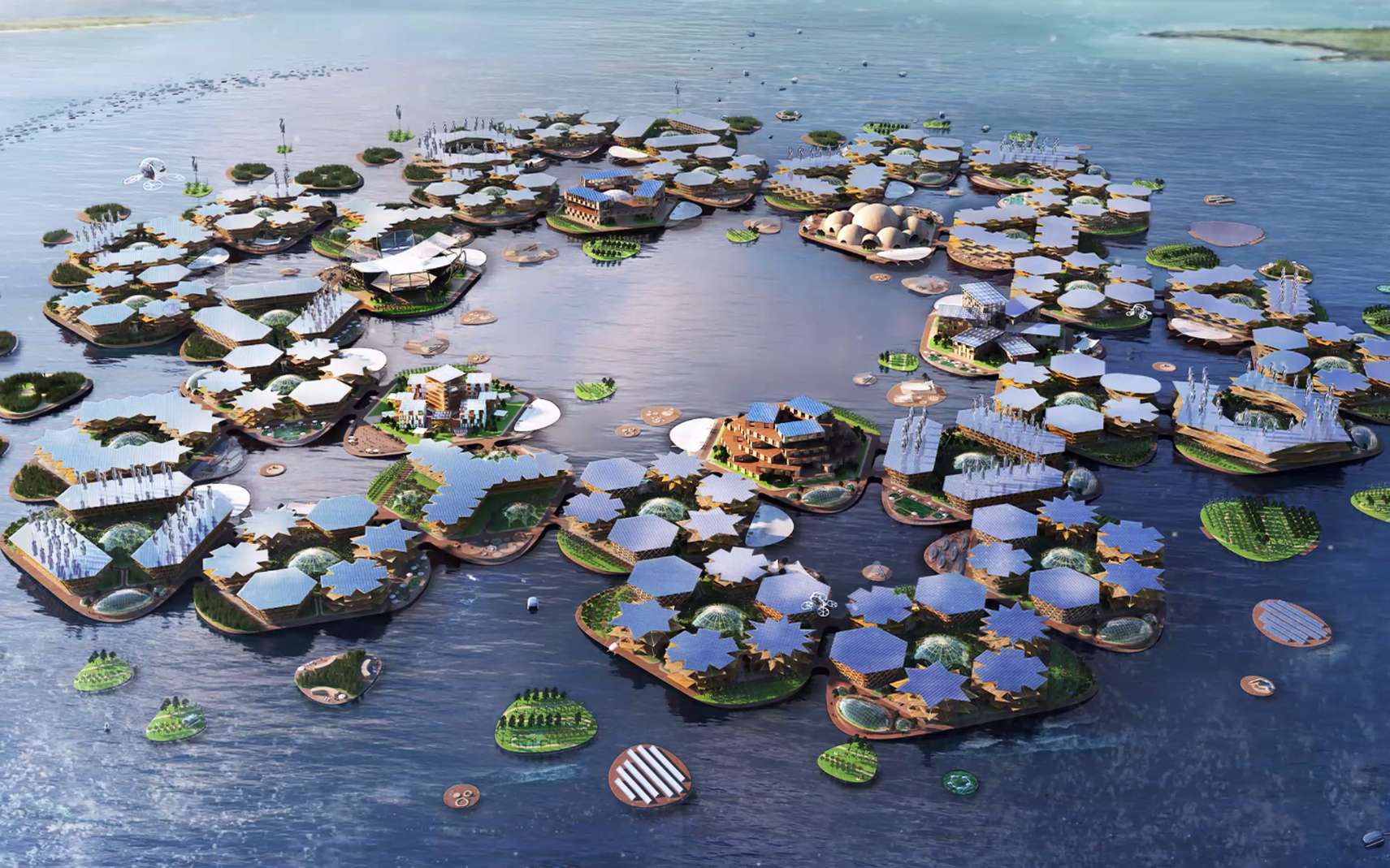Technology, science, and techniques are constantly developing, resulting in a parallel development in architecture and urbanism, offering a new conception of the city. Discover what the cities of tomorrow could look like.
Melbourne vertical

Experts from John Wardle Architects say that in 100 years, Australia’s Melbourne will be unrecognizable. According to their project, the city will not spread out in width, as is the case with all modern cities, but from top to bottom. The metro and skyways will be of enormous importance to the economy. And most surprisingly, a huge transparent roof will be spread over the territory of the entire city. It will be used to harvest water, produce energy and grow food.
A green city in the desert

It seems that Dubai has a green future as well. And it will happen very soon. At least that’s the opinion of the specialists at Baharash Architecture. Hundreds of organic farms, buildings equipped with solar panels. Thanks to these renovations, the city will reduce emissions of harmful carbon into the atmosphere by 50%.
Floating city

Kevin Schopfer’s 3 kilometer diameter floating city is designed for 30,000 inhabitants. However, it can be expanded if necessary. The city is able to withstand strong typhoons and hurricanes. Therefore, it can be an excellent alternative for tropical island states such as Haiti, which suffer heavy losses from destructive natural disasters every year.
Smart city of Paris in 2050

Good old Paris is also planning to rebuild. Of course, we’re not talking about the historic center, but the so-called stone jungles inherent in all cities with more than a million inhabitants. This will be truly revolutionary architecture. Honeycomb towers, garden towers, anti-smog towers and bioclimatic peaks. All will be equipped with various renewable energy sources. For example, photovoltaic panels will provide the homes with electricity and hot water. Most importantly, none of these structures will emit carbon into the atmosphere.
Gothenburg superdense

Superdense buildings are a symbol of the future. Such a development will finally help weaken traffic in cities. Sweden’s second largest city could very soon become the city of the future. In such a city, literally every meter of space will serve its purpose. For example, there are plans to create rooftop vegetable gardens and install solar panels with wind turbines, which will become the main sources of energy for city dwellers.
City of pedestrians

The authorities of the Puerto Rican city of San Juan plan to abandon cars completely. To implement this plan, they will, of course, have to radically rebuild the city. More than 1.5 billion dollars have already been invested in this project. It is assumed that such an ecologically clean city will become especially attractive to tourists and new residents.
Forest City

Architect Stefano Boeri’s “Forest City” project is a nature conservationist’s dream. It will be implemented in the Chinese district of Liuzhou, located in the south of the PRC. The city’s main energy sources will be geothermal sources and solar panels installed on the roofs of all residential, office and institutional buildings in the city. According to Boeri’s plan, the future city will literally be buried under trees. They will grow not only in our usual squares and parks, but also on the facades and roofs of houses.
The modal city

Perhaps, in the future, cities will look like a modular grid. Each building will be a module connected to another building module. In other words, we will all be neighbors. And that’s great!


